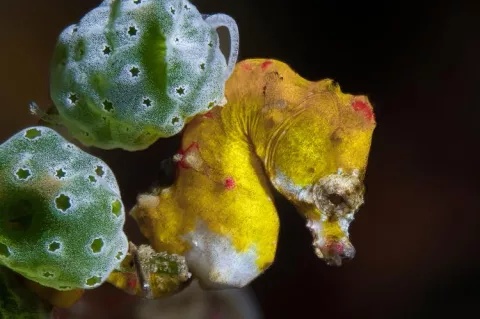Lembeh & Bangka: UW Photography Safari in Indonesia
When it comes to diving, Indonesia has no shortage of bucket-list worthy destinations, boasting some of the most biologically diverse tropical reefs and critter sites in the world. For the macro photographer, North Sulawesi’s Lembeh Strait is the proverbial Holy Grail.





